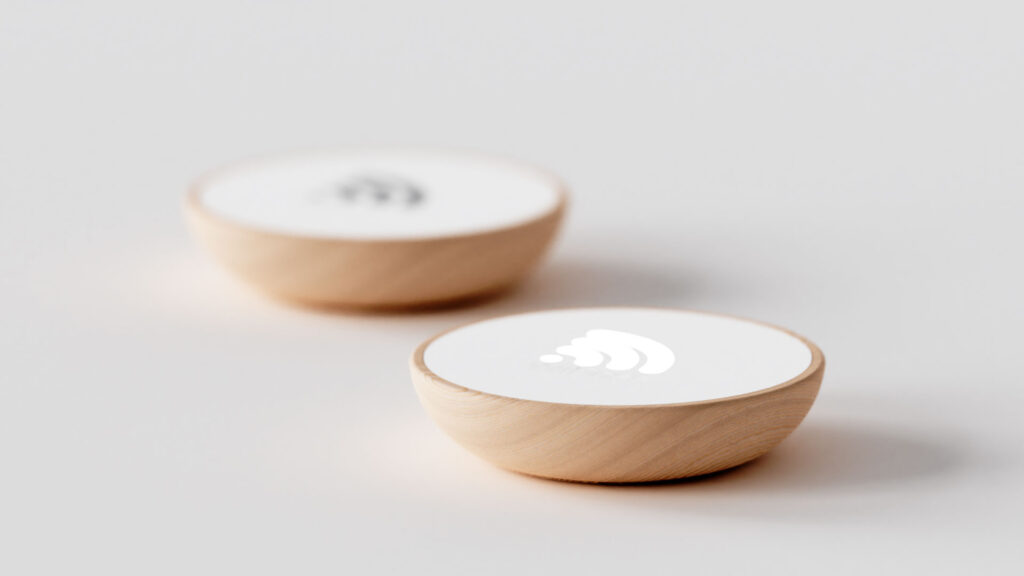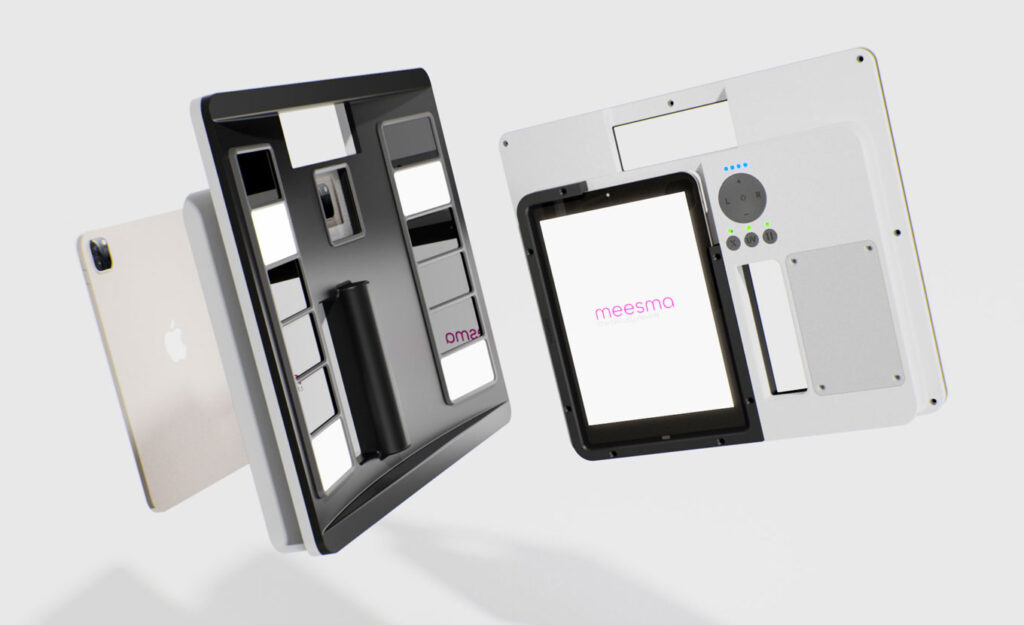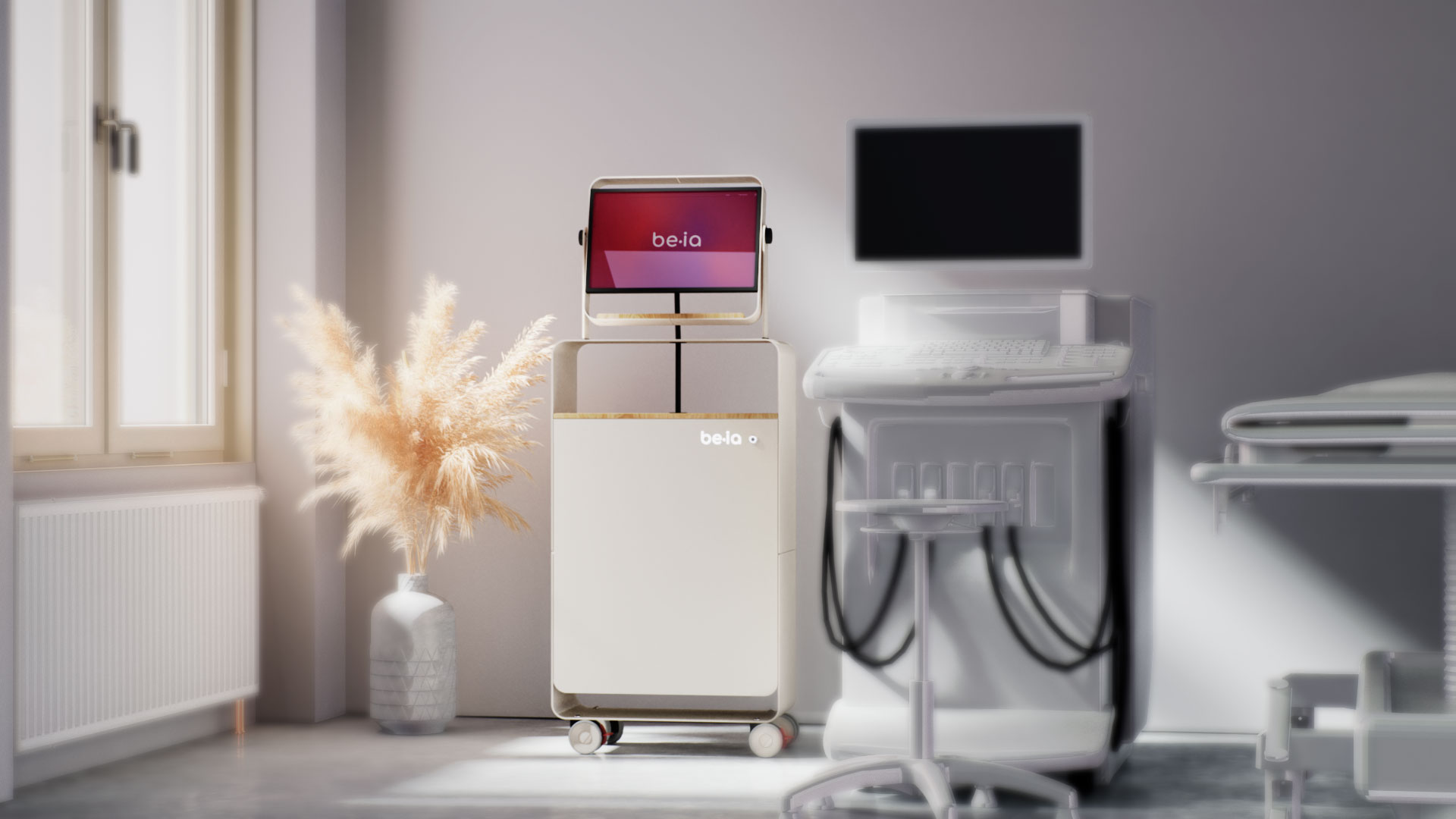When it comes to industrial product design, creativity and communication are key! And this is where renders come into play. The continuous advancements in rendering technology and software have elevated the value of this methodology, making it an indispensable tool in the industry.
In this article, we uncover what renders are, what they are used for, some of the best programs to create them, and their importance in industrial product design.
What are renders and what are they used for?
Renderings are ultra-realistic digital representations of a product design. Using 3D model data, they generate detailed images that show how the final product will look. This capability not only allows designers and clients to see the product before its physical production but also facilitates clear and understandable communication of ideas and concepts.

Importance in Industrial Product Design
Renders play a crucial role in industrial product design for several reasons:
- Accurate visualization: They provide a detailed view of the final outcome of any industrial design.
- Effective communication: They facilitate the communication of ideas and concepts through clear and understandable images.
- Flexibility: Allow changes and adjustments to the product design to be made quickly and cost-effectively prior to physical production.
- Design validation: They help validate the design with end users and obtain early feedback.
- Marketing and promotion: They are a powerful tool for marketing and promoting industrial products, helping to highlight the features and advantages of the product.
Top Programs for Creating Renders
There are several rendering programs on the market, each with its own features and capabilities. Some of the most popular ones include Autodesk 3ds Max, Blender, Cinema 4D, KeyShot, Houdini, and V-Ray. These programs offer advanced tools for creating high-quality and realistic renders, allowing designers to accurately represent their design ideas.
Processes and Rendering Techniques in Industrial Design
- Lighting: Lighting is a fundamental aspect for creating realistic renders. Different types of lights are used to simulate natural or artificial lighting in the scene. In addition, shading techniques are applied to represent how light interacts with surfaces and creates realistic shadows on the product.
- Texturing: Texturing refers to the application of materials to the surfaces of the 3D model to simulate realistic materials and finishes. This includes mapping texture maps to add details such as roughness, shine, and relief.
- Composition: Camera parameters such as focal distance and aperture are adjusted to define the focus of the final image.
- Post-production: Once the scene and camera are configured, rendering is performed to generate the final image. Then, post-processing techniques are applied to enhance the quality and appearance of the image, such as color adjustments and exposure correction.
3D Renders at i-mas
At i-mas, we have experts in industrial design who use the best rendering programs to bring our clients’ ideas and concepts to life. They combine different techniques and processes to create realistic images that help us visualize and validate industrial product designs before physical production. By integrating renderings into our product design approach, we not only improve communication and collaboration with our customers, but also ensure that the final products meet their expectations and requirements.
Do you want to know more about our services? Contact us and find out how we can make your most innovative ideas come true!





